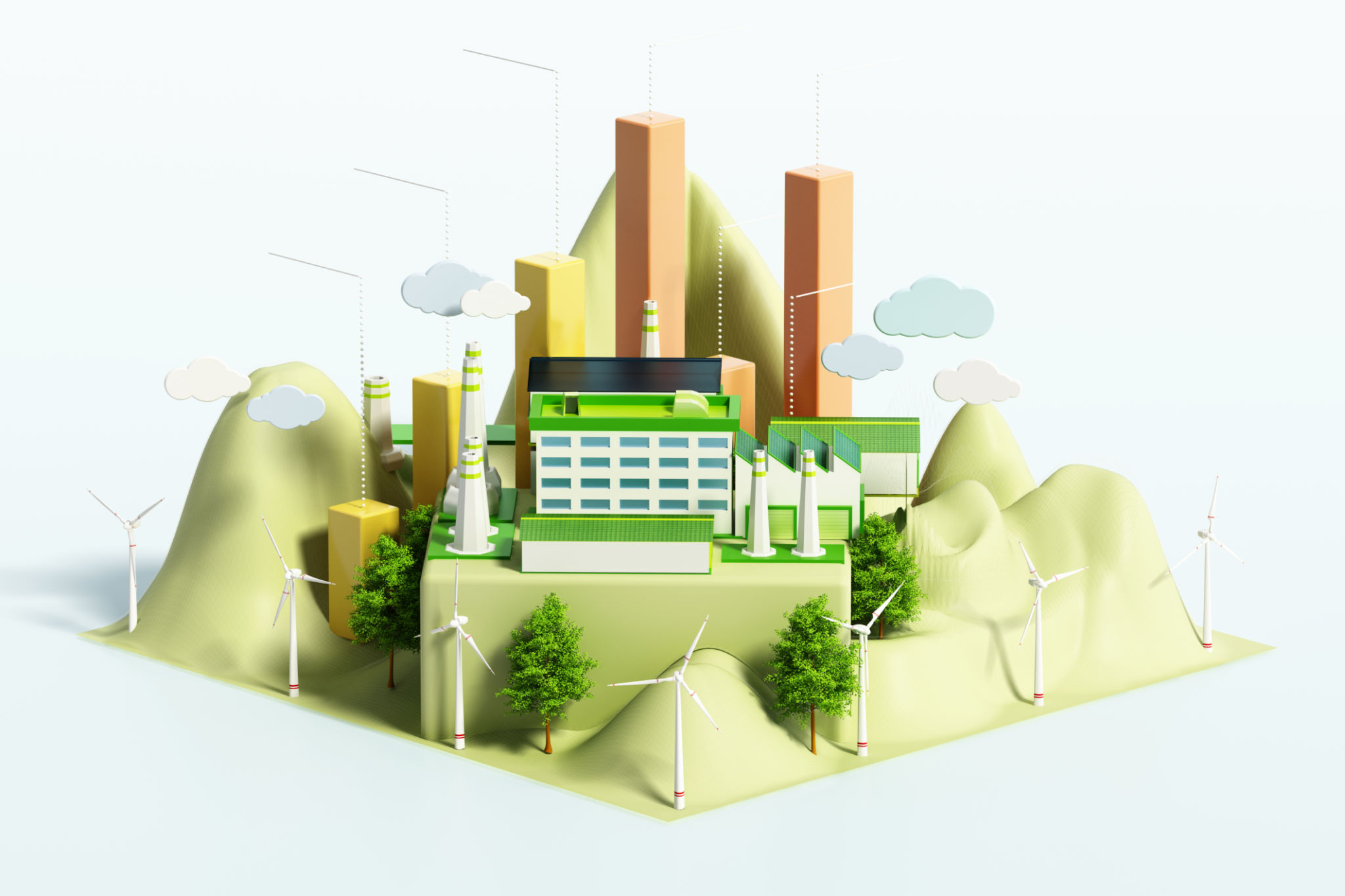The Benefits of E-Axle Optimization in Electric Vehicles: A Comprehensive Guide
Understanding E-Axle Optimization
Electric vehicles (EVs) are rapidly transforming the automotive landscape, with e-axles playing a crucial role in their performance and efficiency. An e-axle integrates the motor, power electronics, and transmission into a single compact unit, streamlining the drivetrain. By optimizing e-axles, manufacturers can enhance vehicle efficiency, reduce weight, and improve driving dynamics.

E-axle optimization primarily focuses on improving energy efficiency, which is vital for extending the range of EVs. An optimized e-axle ensures that the power from the battery is used effectively, minimizing energy losses during conversion and transmission. This optimization can lead to substantial improvements in the overall energy consumption of the vehicle.
Enhancing Performance and Efficiency
One of the significant benefits of e-axle optimization is the enhancement of vehicle performance. By integrating various components into a single unit, e-axles reduce mechanical losses and improve torque delivery. This results in quicker acceleration and a smoother driving experience.
Moreover, optimizing e-axles can result in a more efficient use of space within the vehicle. This compact design allows for more interior space or additional components that can further enhance vehicle features. Additionally, the reduced weight contributes to better handling and increased energy efficiency.

Reducing Manufacturing Costs
Another advantage of e-axle optimization is the potential reduction in manufacturing costs. By simplifying the drivetrain components into a single unit, manufacturers can streamline production processes and reduce material costs. This can lead to lower overall vehicle costs, making electric vehicles more accessible to consumers.
Furthermore, the reduced complexity in assembly means that production lines can be more efficient, with fewer parts needing to be managed and installed. This efficiency not only saves time but also reduces the likelihood of assembly errors, leading to higher quality and more reliable vehicles.
Environmental Benefits
The environmental impact of vehicles is a critical consideration in modern automotive design. E-axle optimization can contribute to reducing the carbon footprint of electric vehicles. By improving energy efficiency and reducing weight, optimized e-axles help in lowering emissions associated with electricity generation for EVs.

Additionally, by reducing the number of components and materials needed for manufacturing, optimized e-axles contribute to more sustainable production practices. This aligns with global goals of reducing waste and promoting resource efficiency in industrial processes.
The Future of E-Axle Technology
As technology continues to advance, the potential for further optimization of e-axles is vast. Innovations in materials, manufacturing techniques, and design will likely lead to even more efficient and powerful e-axles. The ongoing research and development in this field promise a future where electric vehicles are not only environmentally friendly but also deliver superior performance.
Manufacturers investing in e-axle optimization today are setting the stage for a new era of electric mobility that prioritizes both performance and sustainability. As such, e-axle technology will continue to be a pivotal factor in the evolution of electric vehicles.
